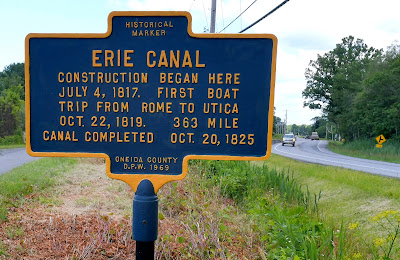 |
| Photo Credit: Nicole Fribourg |
Several people have asked me how to find my earlier posts. Go to the left sidebar and scroll down to the Blog Archive. You can browse the titles by year and month to find a topic you like. To receive new posts automatically, you can subscribe in the upper-right corner of the site.
Many thanks to everyone who reads, comments, and shares my Fornology posts. Here are the titles of my top ten all-time blog posts.
| Posts | Page views | |||||||||
|---|---|---|---|---|---|---|---|---|---|---|
Dec 26, 2017,
|
50546
| |||||||||
Feb 13, 2017,
|
17701
| |||||||||
May 9, 2016,
|
15084
| |||||||||
Feb 27, 2018,
|
12934
| |||||||||
Feb 16, 2018,
|
11367
| |||||||||
Dec 11, 2017,
|
8098
| |||||||||
May 21, 2015,
|
7615
| |||||||||
Mar 4, 2018,
|
7529
| |||||||||
Apr 28, 2015,
|
7261
| |||||||||
Sep 15, 2015,
|
6560
|




